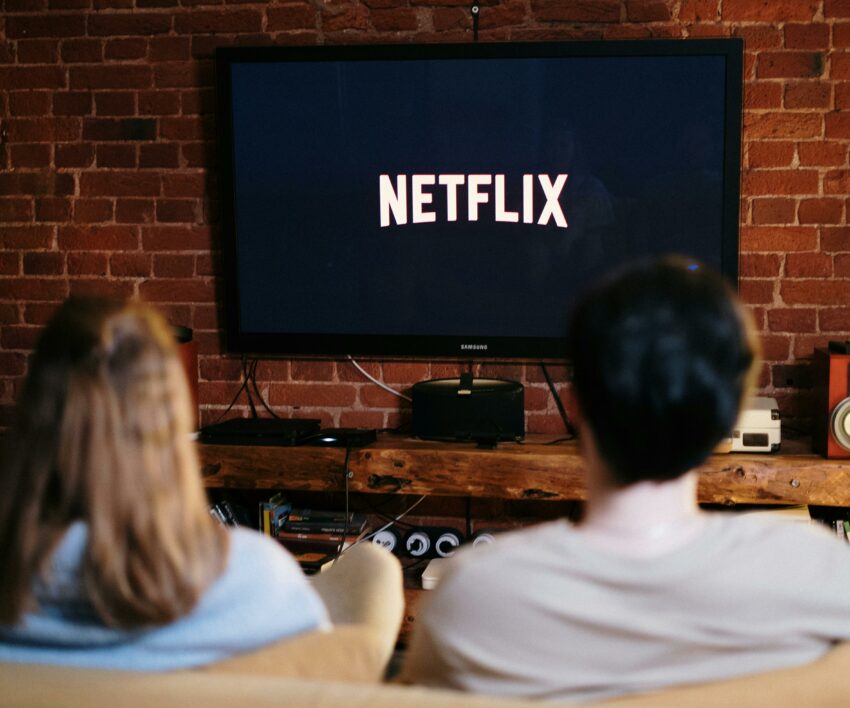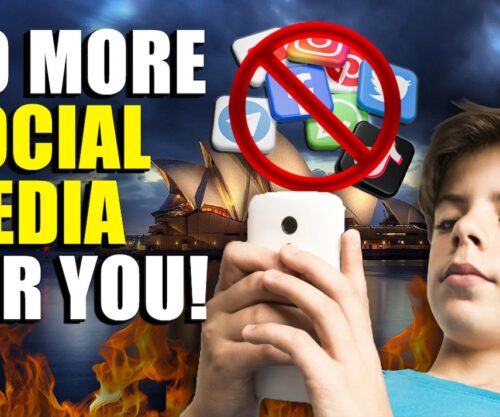
From Accessibility to Everyday Necessity: The Rise of Subtitles
For many of us, reading movies and series has become second nature. What once felt optional—turning on captions—is now a central part of how audiences consume content. Whether it’s the faint accent of an actor, the rumble of a noisy café, or the quiet of a late-night commute, subtitles have quietly become the unsung heroes of modern viewing.
Streaming Changed Everything
For decades, captions were largely tied to accessibility, designed for viewers who are hard of hearing, or for cinema-goers watching foreign-language films. That changed dramatically with the streaming revolution. Platforms like Netflix, Amazon Prime, and Disney+ made content accessible anytime, anywhere, often on small devices with less-than-perfect sound.
The result? Subtitles moved from the niche to the mainstream. Today, 40% of viewers use subtitles regularly, and that number rises to 80% among 18–25-year-olds, according to Stagetext, a captioning organisation.
Preply, a language learning platform, surveyed 1,200 viewers and found half of them keep captions on most of the time. The message is clear: subtitles are no longer just for understanding—they’ve become part of the viewing experience itself.
Generational Shifts and Changing Habits
The rise of subtitles is especially pronounced among younger audiences. Gen Z viewers lead the charge, with 70% using captions consistently, compared to just 35% of Baby Boomers. This generational divide isn’t just about hearing—it’s about lifestyle and media habits.
From TikTok captions to YouTube overlays, younger viewers have grown up consuming content that literally forces them to read while watching. Phones and tablets, often used in noisy environments, make subtitles almost essential. Watching a thriller on a packed train? Subtitles ensure you don’t miss a beat. Streaming a drama in a lively coffee shop? Captions save the plot.
Subtitles Are More Than Convenience
The cultural shift extends beyond convenience. Subtitles offer inclusivity, bridging language barriers and enhancing comprehension. They empower viewers to enjoy content without relying solely on audio cues and allow creators to reach a global audience without losing nuance.
Social media is filled with clips of viewers reacting to subtitles, whether it’s catching witty dialogue they missed or understanding the cultural references embedded in foreign films. Subtitles have become a shared experience, a silent way to connect across geographies.
The Future of Captions
What started as an accessibility tool has quietly become a standard. With streaming continuing to dominate how people watch TV and films, subtitles are now an expected feature rather than an afterthought. From quiet bedrooms to bustling commutes, captions have transformed the way we consume media.
So, the next time you watch your favourite show with subtitles on, you’re participating in a global cultural shift: reading your movies has gone mainstream, and there’s no turning back.
Source: IOL
Featured Image: Pexels




